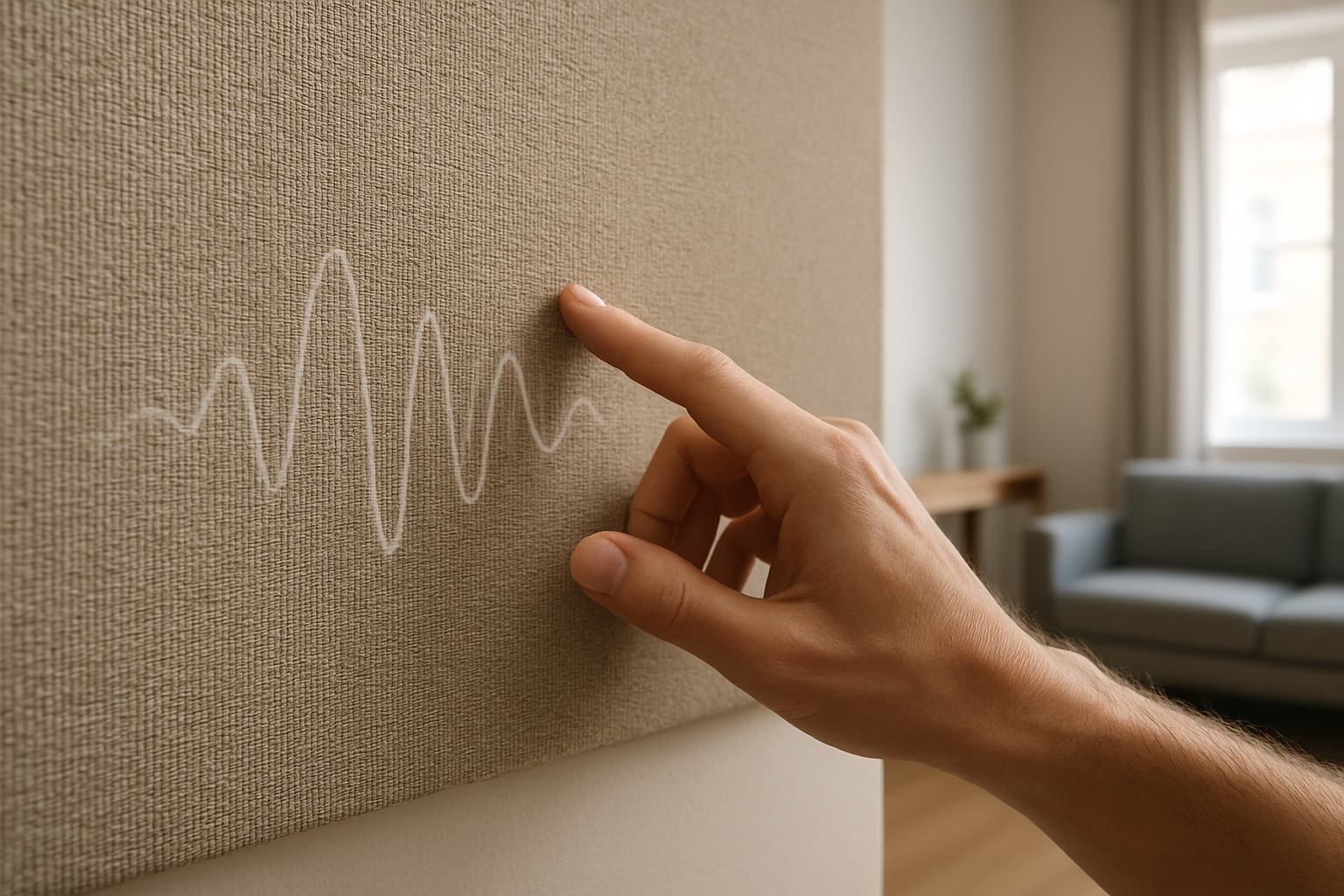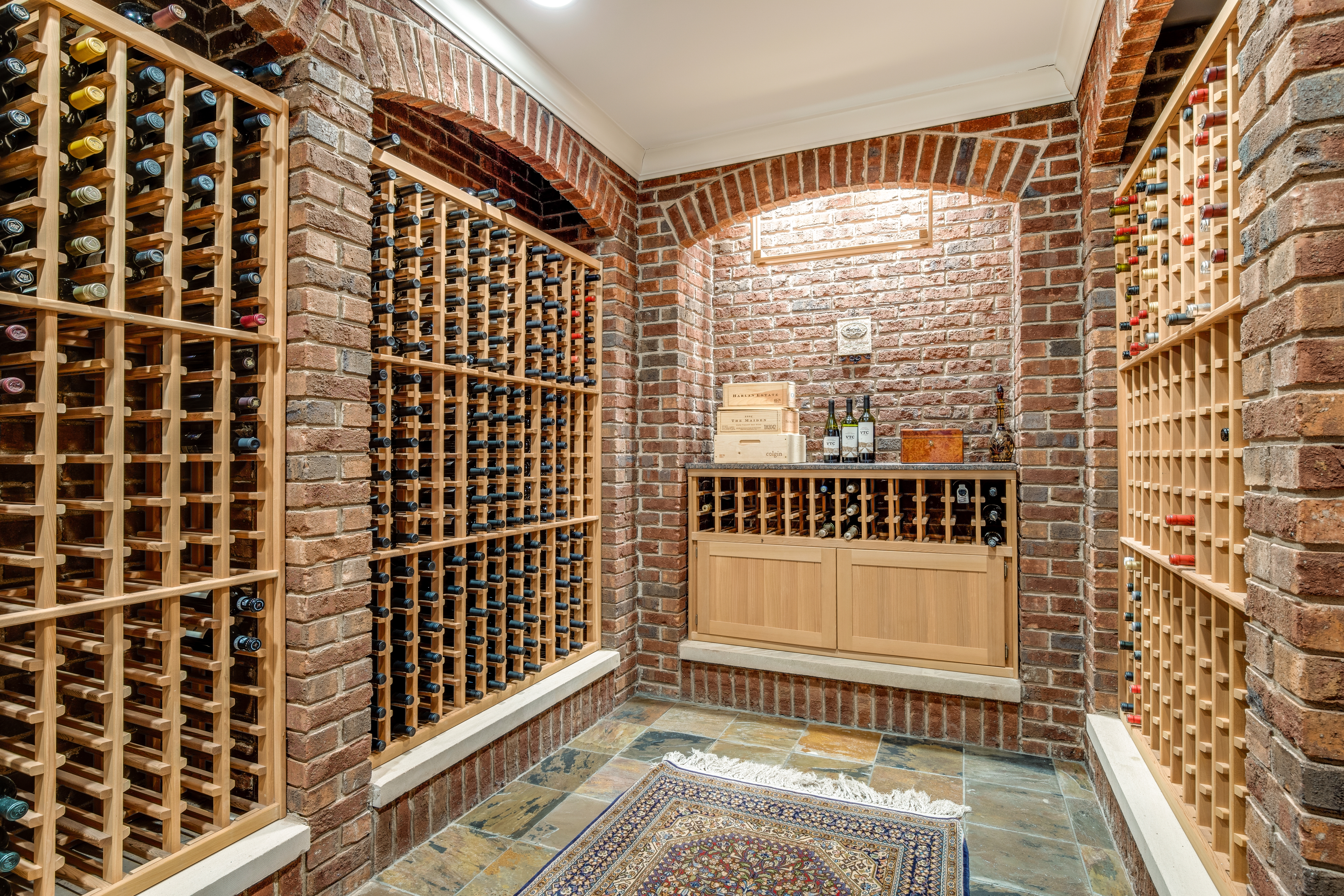Smart Blinds for Modern Homes: The Complete Guide
Smart blinds allow homeowners to adjust lighting and privacy with ease, often through remote controls or smartphone apps. These automated window coverings can be programmed to open or close at set times, helping improve comfort and energy efficiency in daily living spaces.

What Are Smart Blinds and How Do They Work?
Smart blinds are motorized window coverings that can be controlled remotely through smartphones, voice assistants, or automated schedules. At their core, these systems consist of three main components: the blinds themselves, a motor mechanism, and a control system. The motor can be powered by batteries, hardwired electricity, or even solar panels in some models.
The control system is what makes these blinds truly “smart.” Most models connect to your home’s WiFi network or use Bluetooth to communicate with your devices. Advanced models incorporate sensors that can detect sunlight, room temperature, or even occupancy, allowing them to adjust automatically according to preset conditions. For example, they might close during the hottest part of the day to reduce cooling costs or open gradually in the morning to serve as a natural alarm clock.
Benefits of Installing Smart Blinds for Home
The advantages of home smart blinds extend far beyond simple convenience. Energy efficiency stands as one of the most significant benefits. By automatically adjusting based on the time of day and sunlight intensity, smart blinds can help reduce heating and cooling costs by up to 15% according to some estimates. During summer, they can close during peak sunlight hours to prevent heat gain, while in winter, they can open to capture natural warmth.
Privacy and security represent another major benefit. When integrated with home security systems or vacation modes, smart blinds can open and close at varied times to give the impression someone is home, even when the house is empty. For homes with large windows or in dense neighborhoods, the ability to schedule privacy without manual intervention offers peace of mind.
Accessibility is also significantly improved with smart blinds. For individuals with mobility challenges, elderly residents, or families with young children, eliminating the need to manually adjust blinds—especially in hard-to-reach windows—makes daily living more comfortable and safer.
How to Choose the Right Smart Blinds for Your Home
Selecting the appropriate smart blinds for your home requires consideration of several factors. First, determine your power source preference. Battery-powered options offer easier installation but require periodic replacement or recharging. Hardwired solutions eliminate battery concerns but typically require professional installation. Solar-powered blinds represent a middle ground, working well in sunny locations.
Compatibility with existing smart home systems is crucial. If you already use Amazon Alexa, Google Assistant, or Apple HomeKit, verify that your chosen smart blinds will integrate with your ecosystem. Many leading brands specifically advertise their compatibility with popular smart home platforms.
Material and style considerations remain just as important as with traditional blinds. Smart blinds come in various materials including fabric roller shades, wood or faux wood slats, honeycomb designs, and vertical options. Each offers different levels of light filtration, insulation, and aesthetic appeal. For bedrooms or media rooms, blackout fabrics may be preferable, while sheer options might work better in living spaces where natural light is desired.
Installation and Setup of Smart Blinds
Installation approaches for smart blinds fall into three categories: DIY retrofit kits, self-installation of complete smart blind systems, and professional installation. Retrofit kits attach to existing blinds, converting them to smart operation without replacing the blinds themselves. These typically cost less but may not offer all the features of purpose-built smart blinds.
Complete DIY smart blind systems come ready to install but require basic tools and some comfort with home improvement projects. Manufacturers typically provide detailed instructions and even video tutorials to guide the process. Key steps include mounting brackets, installing the blind mechanism, connecting the motor, and configuring the control system.
Professional installation eliminates guesswork and ensures proper function but adds to the overall cost. This option is particularly valuable for hardwired systems, custom-sized windows, or multiple-unit installations throughout a home. Many retailers offering smart blinds also provide installation services, often at discounted rates when purchasing multiple units.
Cost Considerations for Smart Blinds
Smart blinds represent a significant investment compared to traditional window treatments. Pricing varies widely based on size, features, brand, and installation method. Entry-level retrofit kits that convert existing blinds start around $80-150 per window, while complete smart blind systems typically range from $200-600 per window for standard sizes. Premium models with advanced features, custom sizing, or designer fabrics can exceed $1,000 per window.
Here’s a comparison of some popular smart blind options currently available:
| Product | Features | Approximate Cost |
|---|---|---|
| Lutron Serena Smart Shades | HomeKit compatible, battery-powered, wide fabric selection | $350-800 per window |
| IKEA FYRTUR | Affordable, battery-powered, Alexa/Google compatible | $129-189 per window |
| Hunter Douglas PowerView | Premium design, extensive styles, comprehensive integration | $500-1,200+ per window |
| Somfy Motorized Blinds | Professional-grade motors, solar option available | $300-900 per window |
| MySmartBlinds Automation Kit | Retrofit option for existing blinds, solar charging | $150-250 per window |
Prices, rates, or cost estimates mentioned in this article are based on the latest available information but may change over time. Independent research is advised before making financial decisions.
Beyond the initial purchase, consider ongoing costs such as battery replacements (typically needed every 6-12 months depending on usage) and potential subscription fees for certain advanced automation features, though most basic functions don’t require subscriptions.
Smart Blinds in the Overall Smart Home Ecosystem
The true potential of smart blinds emerges when integrated with a comprehensive smart home system. When connected with smart thermostats, the blinds can coordinate with heating and cooling systems to maximize energy efficiency. For example, on sunny winter days, blinds can open to capture solar heat, reducing the burden on heating systems.
Smart lighting integration creates seamless ambiance control. As natural light diminishes in the evening, smart blinds can close while smart lights gradually increase in brightness. Voice control through devices like Amazon Echo or Google Home adds another layer of convenience, allowing commands like “Alexa, lower the living room blinds to 50%” without reaching for a phone or remote.
Security systems benefit from smart blind integration too. Motion sensors that trigger security cameras can simultaneously adjust blinds for better visibility or privacy as needed. During vacations, blinds can be programmed to operate at varied times, contributing to a lived-in appearance that deters potential intruders.
Smart blinds represent one of the most practical and impactful upgrades for the modern home, balancing aesthetic appeal with genuine utility. While the initial investment exceeds traditional window treatments, the combination of energy savings, convenience, and enhanced home security offers substantial value over time.




